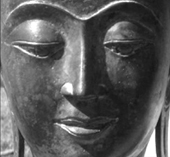17 July 2019
Morning offerings in Bali
While in Bali, you will immediately notice that daily morning offerings, also called ‘Canang sari’ are placed everywhere, at the foot of temples, on statues, at the entrance door of a home or shop, on the beach, everywhere.
